Monster Hunter Wilds: Seasons and Weather Dynamics Unveiled
In *Monster Hunter Wilds*, the dynamic environment of the Forbidden Lands is heavily influenced by seasons and weather, which not only enhance the visual appeal but also significantly affect gameplay mechanics. Here's a comprehensive guide to understanding and navigating the seasonal changes and weather conditions in *Monster Hunter Wilds*.
Monster Hunter Wilds Seasons, Explained
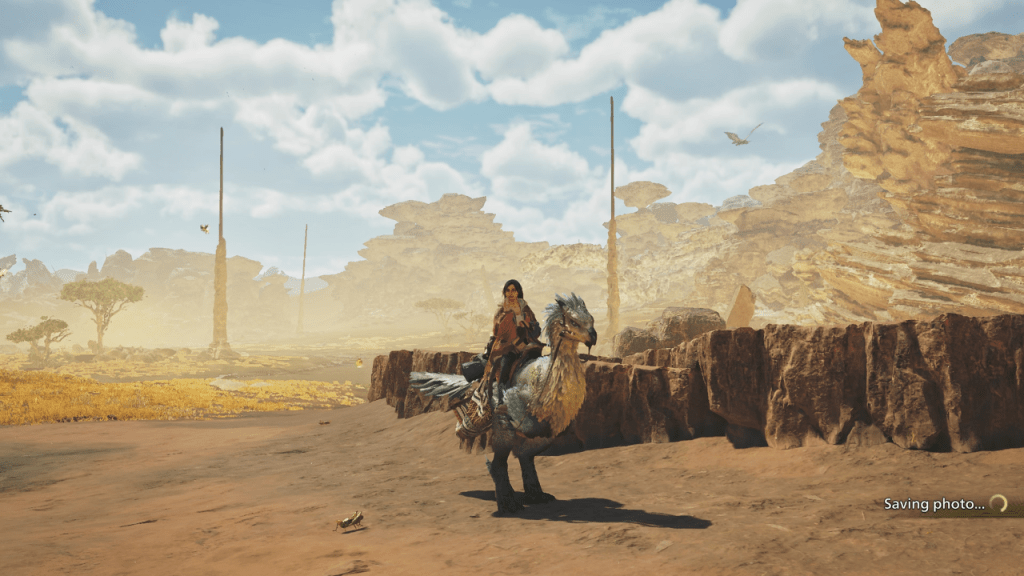
*Monster Hunter Wilds* features two primary seasons in the Forbidden Lands: Fallow and Plenty. The game begins during the Fallow season, characterized by a harsh environment with severe weather conditions and scarce resources. This scarcity leads to increased aggression among monsters, who often engage in combat with each other more frequently than in other seasons.
In contrast, the Plenty season offers a more welcoming atmosphere with warmer weather, abundant flora, and vibrant environmental changes. During Plenty, small monsters are less aggressive and less likely to travel in packs. This season is celebrated by both the villagers and players due to the increased availability of Endemic Life and various plants, making it easier to gather resources.
Between these seasons, you may encounter brief, intense weather events known as Inclemency. These periods heighten the intensity of the weather and often set the stage for epic battles against Apex Predators. A notable example is the Pinnacle of the Pack Assignment, where hunters face the Alpha Doshaguma during Sandtide, a dramatic sandstorm accompanied by lightning. Throughout *Monster Hunter Wilds*, you'll encounter various unique weather events that add to the challenge and excitement of fighting Apex Predators.
How To Check the Seasons and Weather in Monster Hunter Wilds
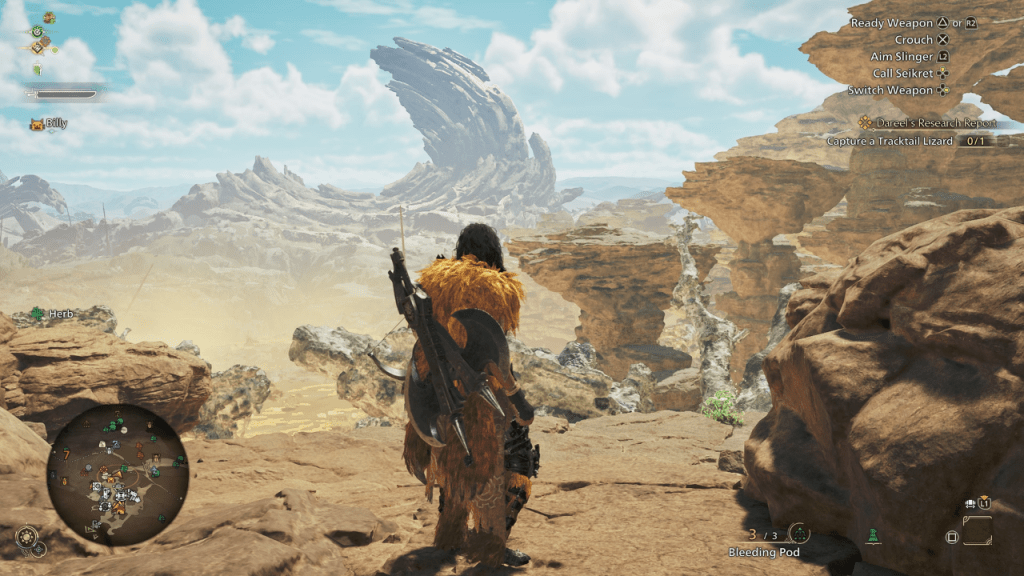
To stay informed about the current season and weather, you can refer to the HUD and map within *Monster Hunter Wilds*. The HUD displays icons in the bottom left corner indicating the time of day and current season. For a more detailed overview, access the map and press the prompted button to view the Environment Overview, which provides comprehensive information on the prevailing weather and seasonal conditions.
Additionally, Optional Quests in the game are assigned specific times of day and seasons. When embarking on these quests, you'll be temporarily transported to the designated environment, regardless of the current season in the main game.
How To Change the Season and Weather in Monster Hunter Wilds
Given the significant impact of seasons on the flora and fauna within *Monster Hunter Wilds*, players might find it advantageous to switch between Fallow and Plenty based on their hunting needs. Fortunately, the game allows you to change the seasons and weather.
To alter the environment, you'll need to set up your tent and rest. Navigate to the BBQ Menu within your tent, then select the Rest option. Here, you can adjust both the Environment and the Time at which your Hunter will wake up, effectively changing the season and weather.
However, resting comes at a cost of 300 Guild Points and is only available to Hunters of High Rank. It's important to note that you cannot rest during an active quest.
With this detailed guide, you're now equipped to handle the diverse seasons and weather conditions in *Monster Hunter Wilds*. Whether you're braving the harshness of Fallow or enjoying the abundance of Plenty, these elements add a rich layer of strategy and immersion to your hunting adventures.
*Monster Hunter Wilds* is currently available on PlayStation, Xbox, and PC, offering players a chance to explore the dynamic world of the Forbidden Lands.








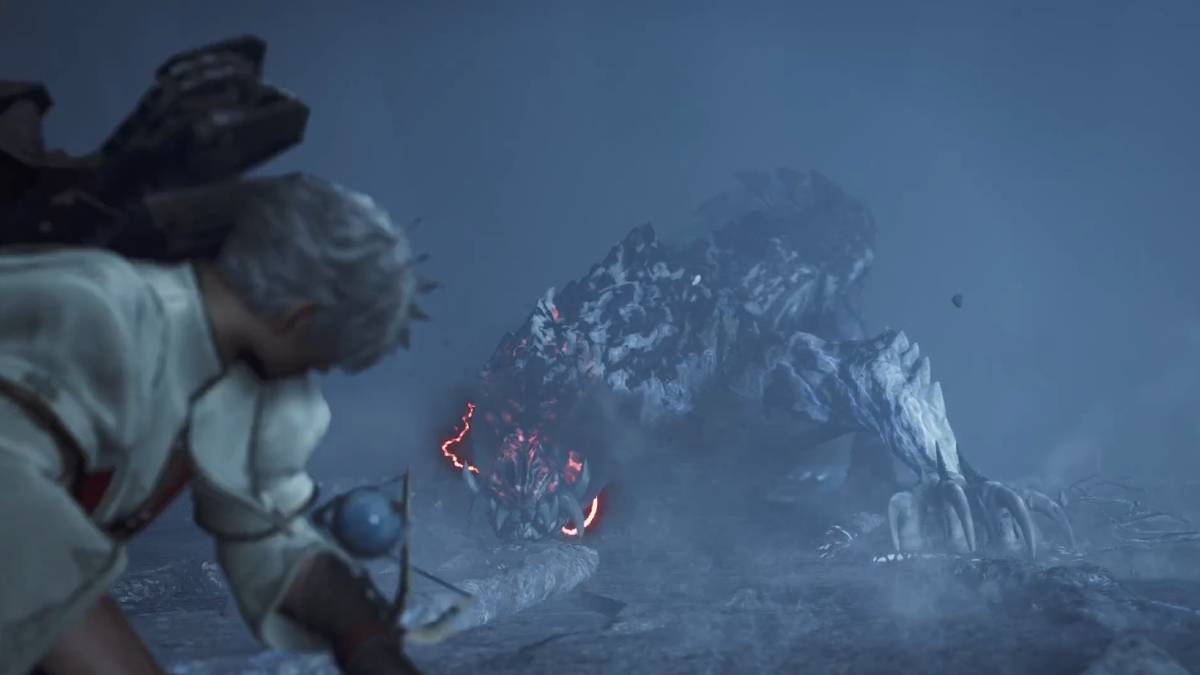

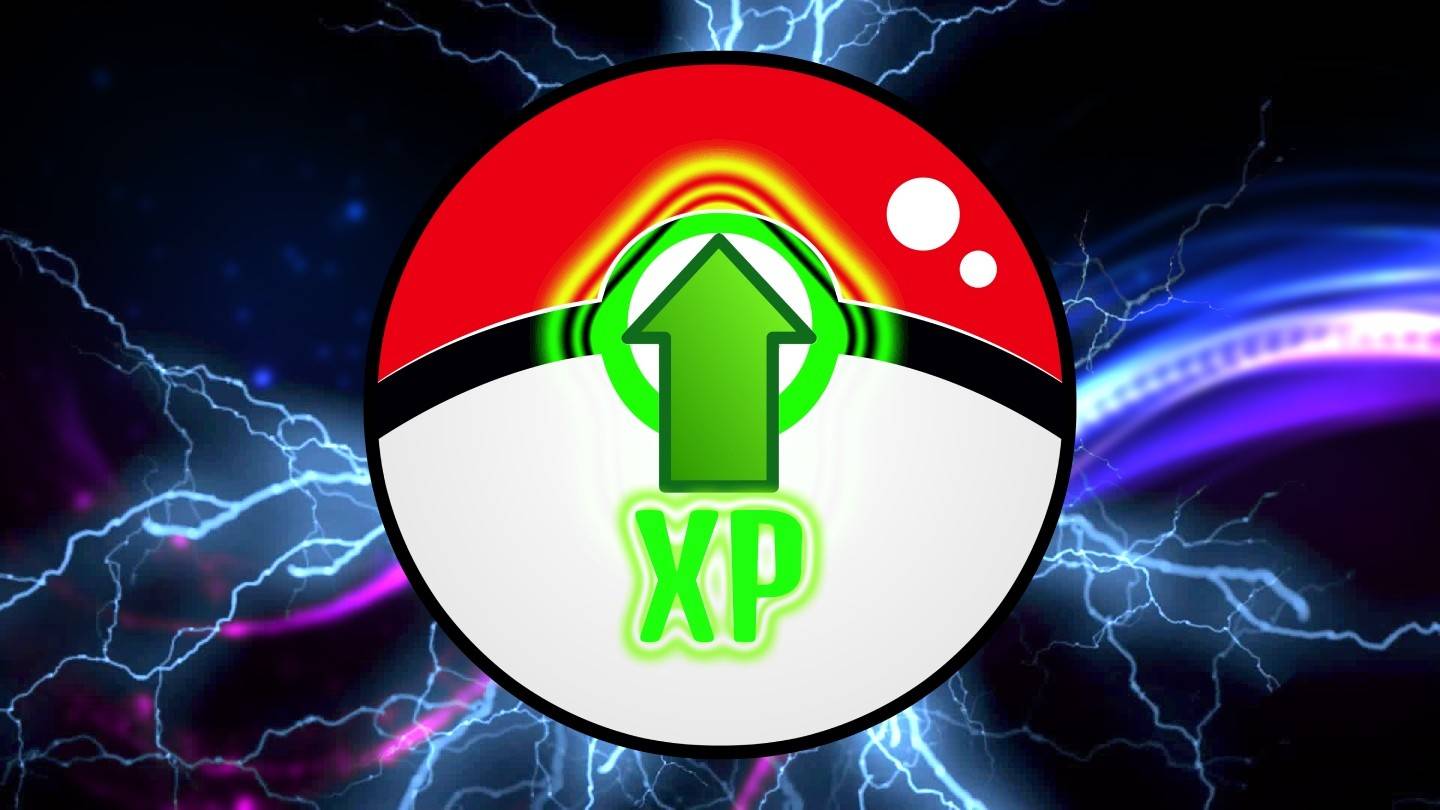

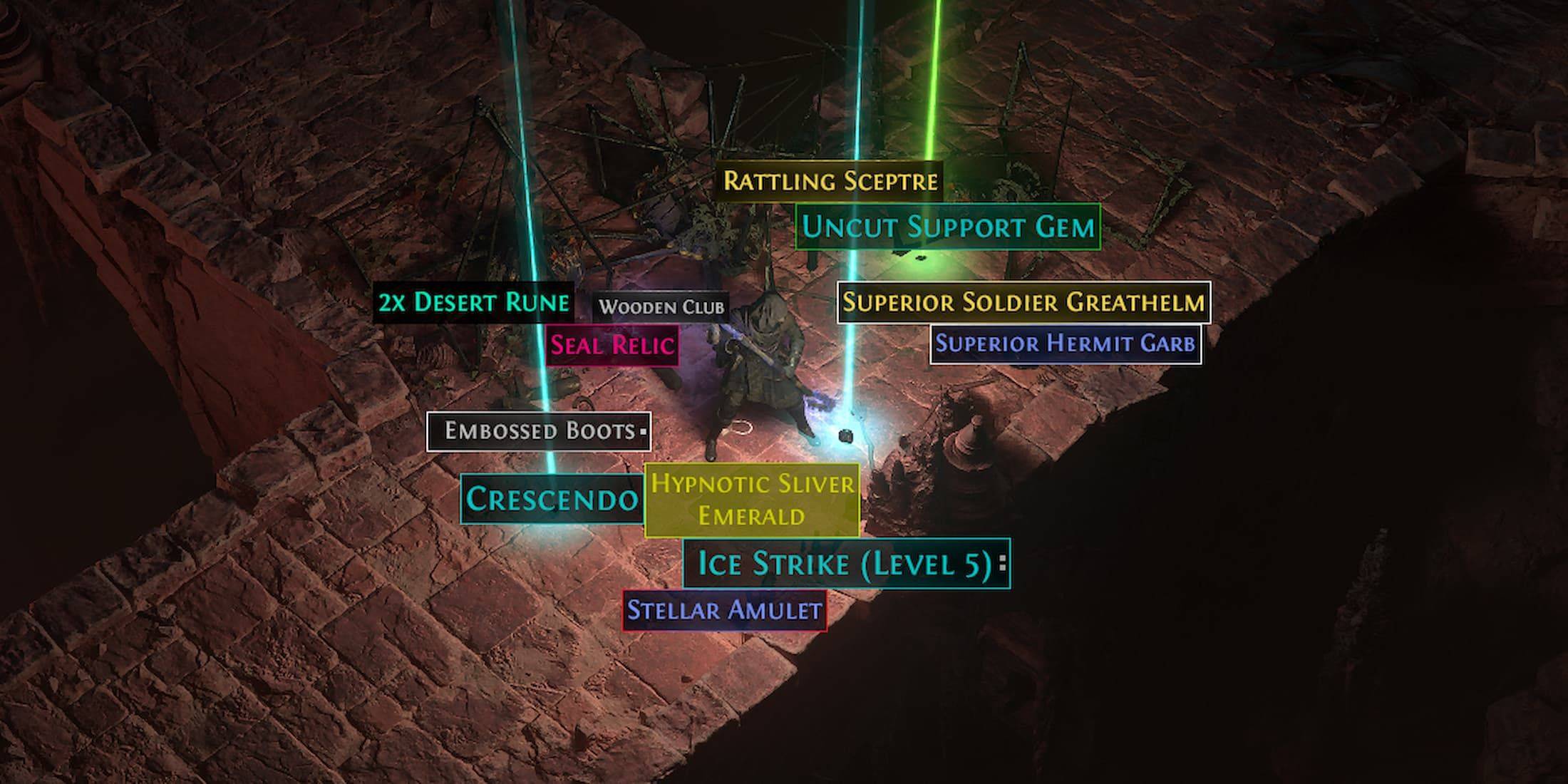



![Salvation in Nightmare [v0.4.4]](https://imgs.21qcq.com/uploads/36/1719555347667e551321c26.jpg)











